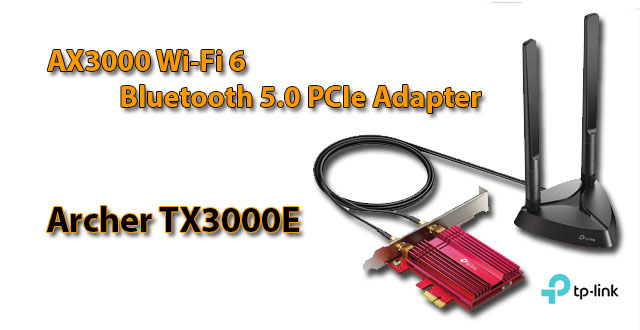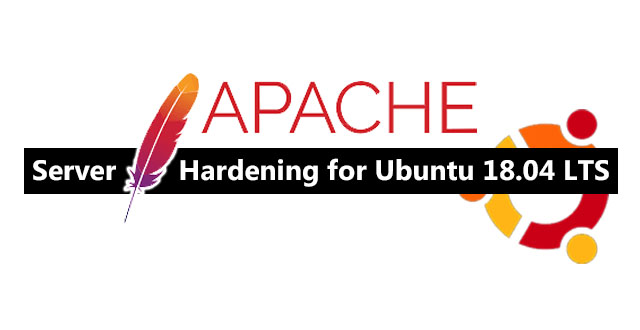Design a correct Server Infrastructure

There are many questions about how to design a correct Server Infrastructure in the datacenter. Some people claim that you need to follow the market trends then will not get wrong and operation challenges.
To answer this, there don’t have a correct Server Infrastructure in the datacenter design in the market. It all depends on your business strategy and industry requirements. It not only to follow the latest market trends of design but you also need to strategy with your Business Applications and Business Model to proposed a proper Server Infrastructure in the datacenter
Before designing a proper Server Infrastructure in the datacenter, you need to understand how the Servers concepts have been created in the past 20 years. Before explaining, Servers was invented in the year 1942 named Mark One. It is used to make mathematical calculation machines. The Estimated weight of Mark One was 5 tons.
In this Physical Server Concept initially it is good to manage the Client-Server Architecture model but when the time goes, Storage is the area that becomes the obstacle to growth. It is a pain for the IT Operations people to support adding additional storage by creating multiple Disks with RAID and Physically Disk Partitioning. Hardware Maintenance is also crucial where it didn’t have High Availability. This will need to have a scheduled downtime to do the upgrade and maintenance.
With the help of the Server Virtualization we can easily convert the Physical Server into Virtualization. This is the initial step for servers to mitigate Physical Server proprietary. With this you no need to worry what type of Server Hardware and Drivers needed to be installed if you really needed to change to new hardware. It also can reduce the risk of adding additional storage spaces by just a few clicks in the Virtualization Server.
The benefits of having Server Virtualization is standardizing the Server Hardware Drives and reducing the risk of Server Hardware incompatible. This can reduce the operation cost of purchasing many servers and datacenter utilities like Power Source, Air Conditioner and Datacenter Spaces.
To overcome these challenges, you needed to have technology like Central Processing Unit (CPU) Virtualization. It also can have multiple Virtual Servers into a Physical Server by using the formula (N+1). It means the number of Physical Server Nodes (N) plus one more Physical Server Node as backup (+1). With the 3-Tier Server Architecture, You can design your Virtualization Physical Server to a modular design. This IT Operation can easily add-on additional compute or storage to meet the expansions.
As for me, 3-Tier Server Architecture can say is the best Server Infrastructure design where operation will easily manage and maintain it in a modular base concept.
HCI Solution is a design for Software Defined Datacenter where you can deploy at your Main Datacenter and your Disaster Recovery Datacenter. It can utilize Software Appliance like Networking, System Security and System High Availability with lower initial hardware cost compared with 3-Tier Server Architecture. It also can have multiple Virtual Servers into a Physical Server by using the formula (2N+1). It means the minimum of 2units Physical Server Nodes (2N) plus one more Physical Server Node as backup (+1).
There are some Application Software License is lockdown but MAC Address or IP Address or both, this can be easily resolved by using Layer 2 over Layer 3 Network Architecture. You can Cross Storage Cluster Platform between 2 datacenters. With the Application, Security, Network and Server Infrastructure virtualized into Software Defined Infrastructure, it can create a very flexible Server Infrastructure in the datacenter.
As my findings, not all the applications you design and develop can go well with clouds. It's all about comparing your Applications and the operation bills you needed to spend with. Your applications needed to be lightweight and less compute requirement than cloud is the place to go with. If your applications are heavy compute requirements, you need to compare whether it is worth putting it in the cloud or host in your datacenter. Container Based Applications Architecture or normally people call Serverless Architecture where it used API Concept to process data transactions
To answer this, there don’t have a correct Server Infrastructure in the datacenter design in the market. It all depends on your business strategy and industry requirements. It not only to follow the latest market trends of design but you also need to strategy with your Business Applications and Business Model to proposed a proper Server Infrastructure in the datacenter
Before designing a proper Server Infrastructure in the datacenter, you need to understand how the Servers concepts have been created in the past 20 years. Before explaining, Servers was invented in the year 1942 named Mark One. It is used to make mathematical calculation machines. The Estimated weight of Mark One was 5 tons.
Physical Server
In the beginning of my career, I have been involved in managing Physical Server and it using Microsoft Windows 2000. In this era Application was a design model as Client-Server Architecture. You need the Physical Server to do the important data processing and storage where the End-Point Devices like Desktop and Laptop will do the initial data processing.In this Physical Server Concept initially it is good to manage the Client-Server Architecture model but when the time goes, Storage is the area that becomes the obstacle to growth. It is a pain for the IT Operations people to support adding additional storage by creating multiple Disks with RAID and Physically Disk Partitioning. Hardware Maintenance is also crucial where it didn’t have High Availability. This will need to have a scheduled downtime to do the upgrade and maintenance.
Virtualizing Physical Server
In the IT Operations, Service Level Agreement or we normally call system uptime began to be important. Annual Server Upgrade and Maintenance cannot be predictable. This begins the challenge in IT Operations.With the help of the Server Virtualization we can easily convert the Physical Server into Virtualization. This is the initial step for servers to mitigate Physical Server proprietary. With this you no need to worry what type of Server Hardware and Drivers needed to be installed if you really needed to change to new hardware. It also can reduce the risk of adding additional storage spaces by just a few clicks in the Virtualization Server.
The benefits of having Server Virtualization is standardizing the Server Hardware Drives and reducing the risk of Server Hardware incompatible. This can reduce the operation cost of purchasing many servers and datacenter utilities like Power Source, Air Conditioner and Datacenter Spaces.
3-Tier Server Architecture
Application Model has begun to evolve from Client-Server Architecture to Web App Server Architecture. This will need many Virtual Servers to provision. As an IT Operations, it has the challenge to predict how much compute and storage required to many Web App Systems. With the reality of Internet Technology, Server Operations required to work around the clock and make sure all the Applications Systems up and running without any downtime. High Availability Solution is needed to meet the very high Service Level Agreement. As experience, many industries are required to have 99.97% uptime in their Service Level Agreement to all their Production Application System.To overcome these challenges, you needed to have technology like Central Processing Unit (CPU) Virtualization. It also can have multiple Virtual Servers into a Physical Server by using the formula (N+1). It means the number of Physical Server Nodes (N) plus one more Physical Server Node as backup (+1). With the 3-Tier Server Architecture, You can design your Virtualization Physical Server to a modular design. This IT Operation can easily add-on additional compute or storage to meet the expansions.
As for me, 3-Tier Server Architecture can say is the best Server Infrastructure design where operation will easily manage and maintain it in a modular base concept.
Hyper-Converged Infrastructure
Hyper-Converged Infrastructure (HCI) was introduced to meet some Operations Cost Challenges. It used as a non-critical infrastructure like Development and Staging Virtual Servers. The improvement and stability of the HCI Solution, Many industries have begun to introduce it to used in their Production Application System.HCI Solution is a design for Software Defined Datacenter where you can deploy at your Main Datacenter and your Disaster Recovery Datacenter. It can utilize Software Appliance like Networking, System Security and System High Availability with lower initial hardware cost compared with 3-Tier Server Architecture. It also can have multiple Virtual Servers into a Physical Server by using the formula (2N+1). It means the minimum of 2units Physical Server Nodes (2N) plus one more Physical Server Node as backup (+1).
Hybrid Datacenter
As my experience, 3-Tier Server Architecture and HCI Solution is nearly the same infrastructure concept. But you need to comply with the (2N+1) Rules or not it will be a nightmare to manage and support the Infrastructure. With the Software Defined Network Solution, you can integrate 3-Tier Architecture together with HCI and in-future Cloud Platform. Thanks to Layer 2 over Layer 3 Network Architecture. It has resolved many challenges in the Application where there are challenges in Software Licensing.There are some Application Software License is lockdown but MAC Address or IP Address or both, this can be easily resolved by using Layer 2 over Layer 3 Network Architecture. You can Cross Storage Cluster Platform between 2 datacenters. With the Application, Security, Network and Server Infrastructure virtualized into Software Defined Infrastructure, it can create a very flexible Server Infrastructure in the datacenter.
Cloud Platform
There are many Cloud Platform Companies in the Market. There are local and global companies who provide these services. Cloud is just another datacenter where people own and manage. You just put your data into their datacenter and you only manage your applications data. Others will be managed by the cloud vendors with pay-per-use payment.As my findings, not all the applications you design and develop can go well with clouds. It's all about comparing your Applications and the operation bills you needed to spend with. Your applications needed to be lightweight and less compute requirement than cloud is the place to go with. If your applications are heavy compute requirements, you need to compare whether it is worth putting it in the cloud or host in your datacenter. Container Based Applications Architecture or normally people call Serverless Architecture where it used API Concept to process data transactions
























